Everyone can access UCL Special Collections digitally or in person. Our collections of rare, unique and historic archives & books cover themes including history of UCL, education, arts and sciences.
Collection Highlights
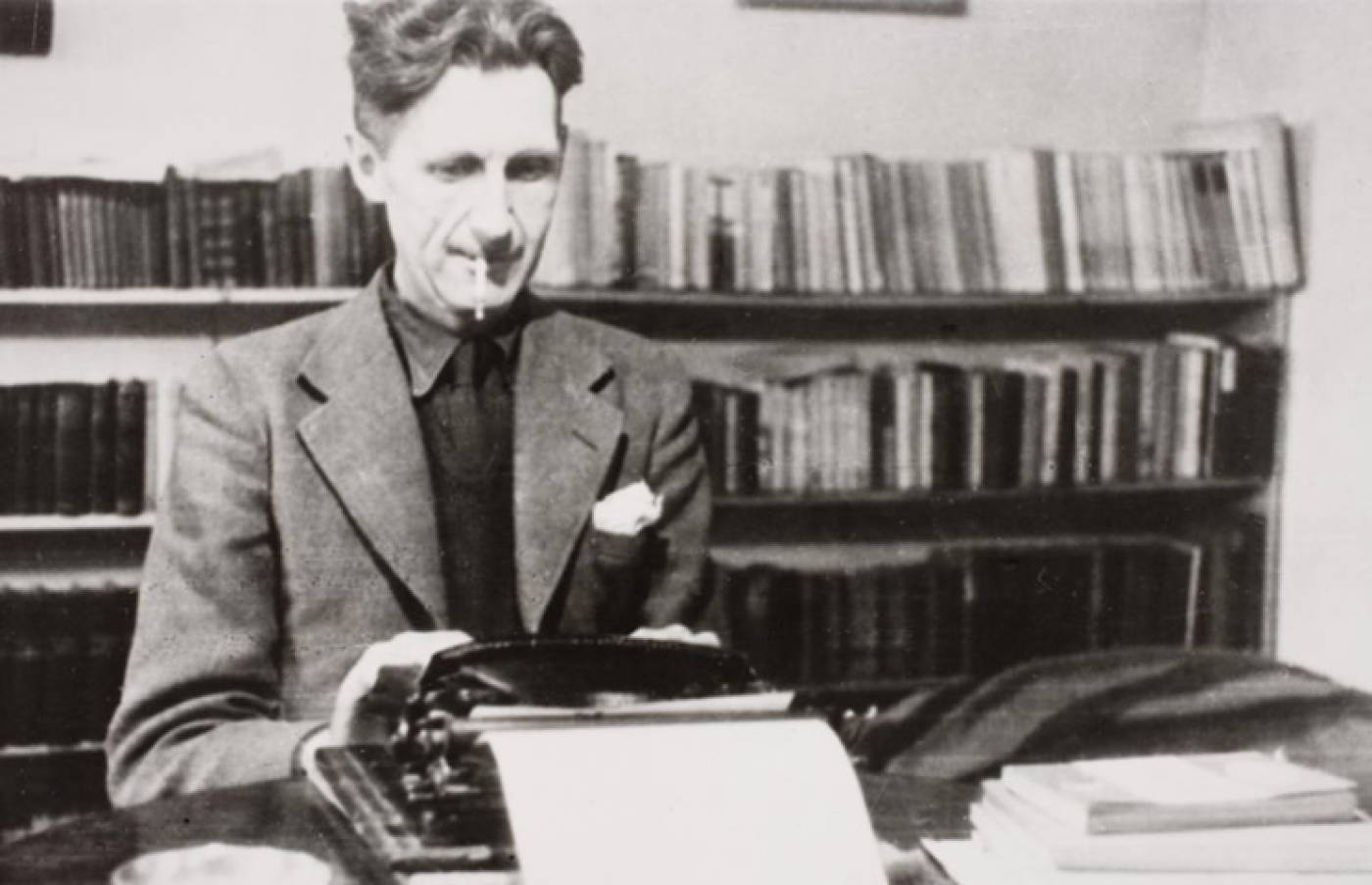
Archives
UCL's archive and manuscript collections include the UNESCO registered George Orwell Archive.
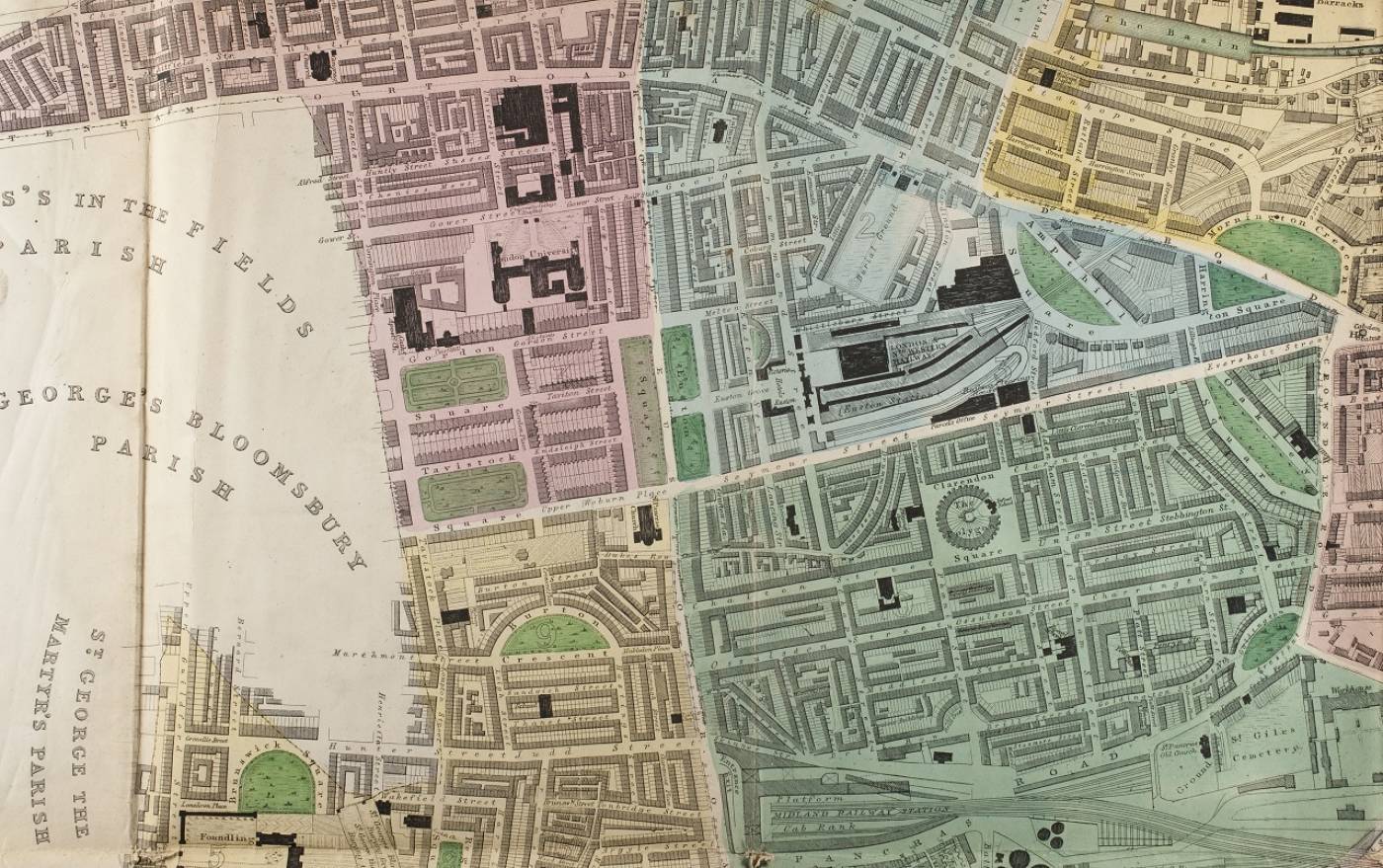
Records
Map of Bloomsbury, 1800 College Collection.
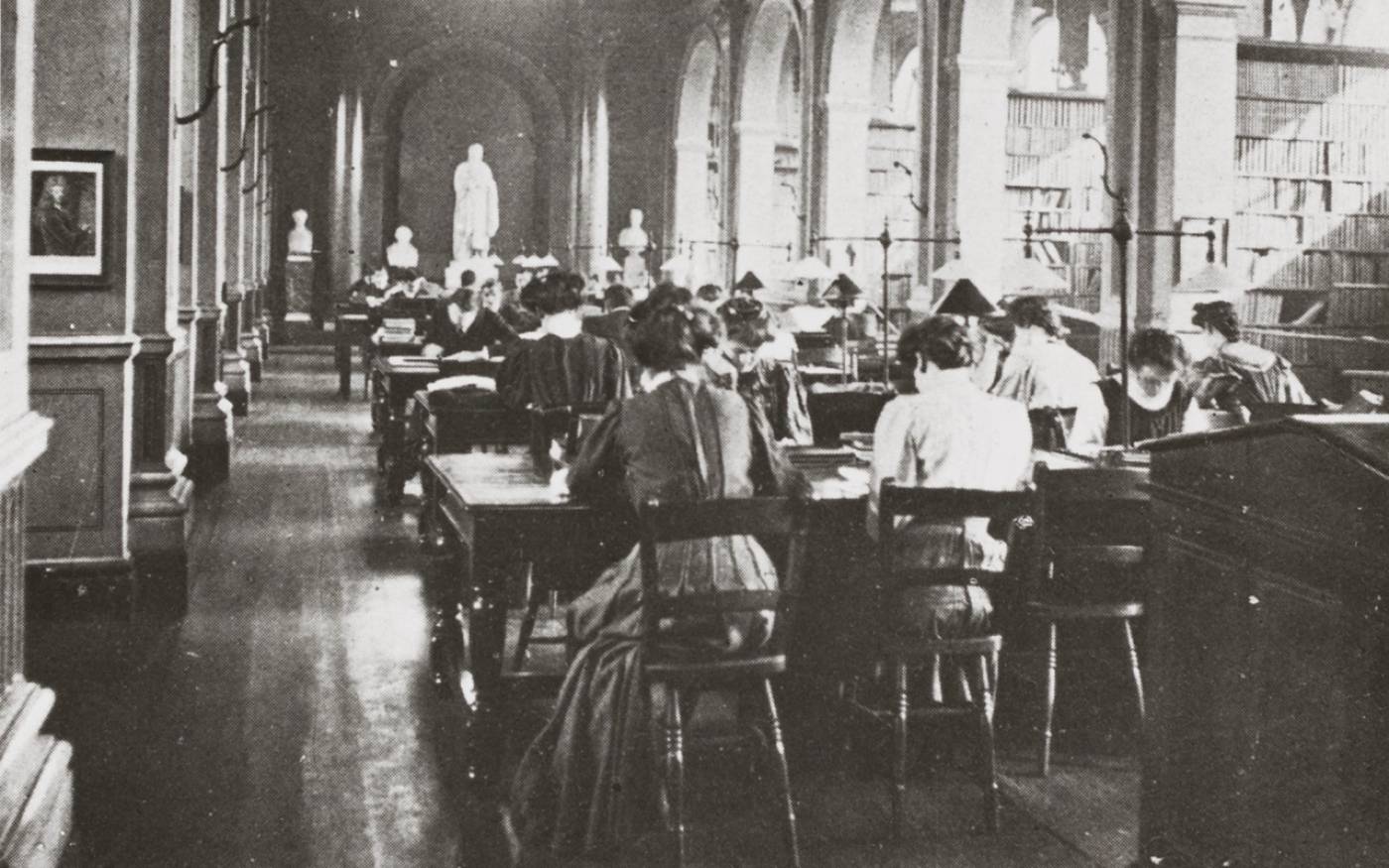
Exhibitions
View current and past exhibitions online.
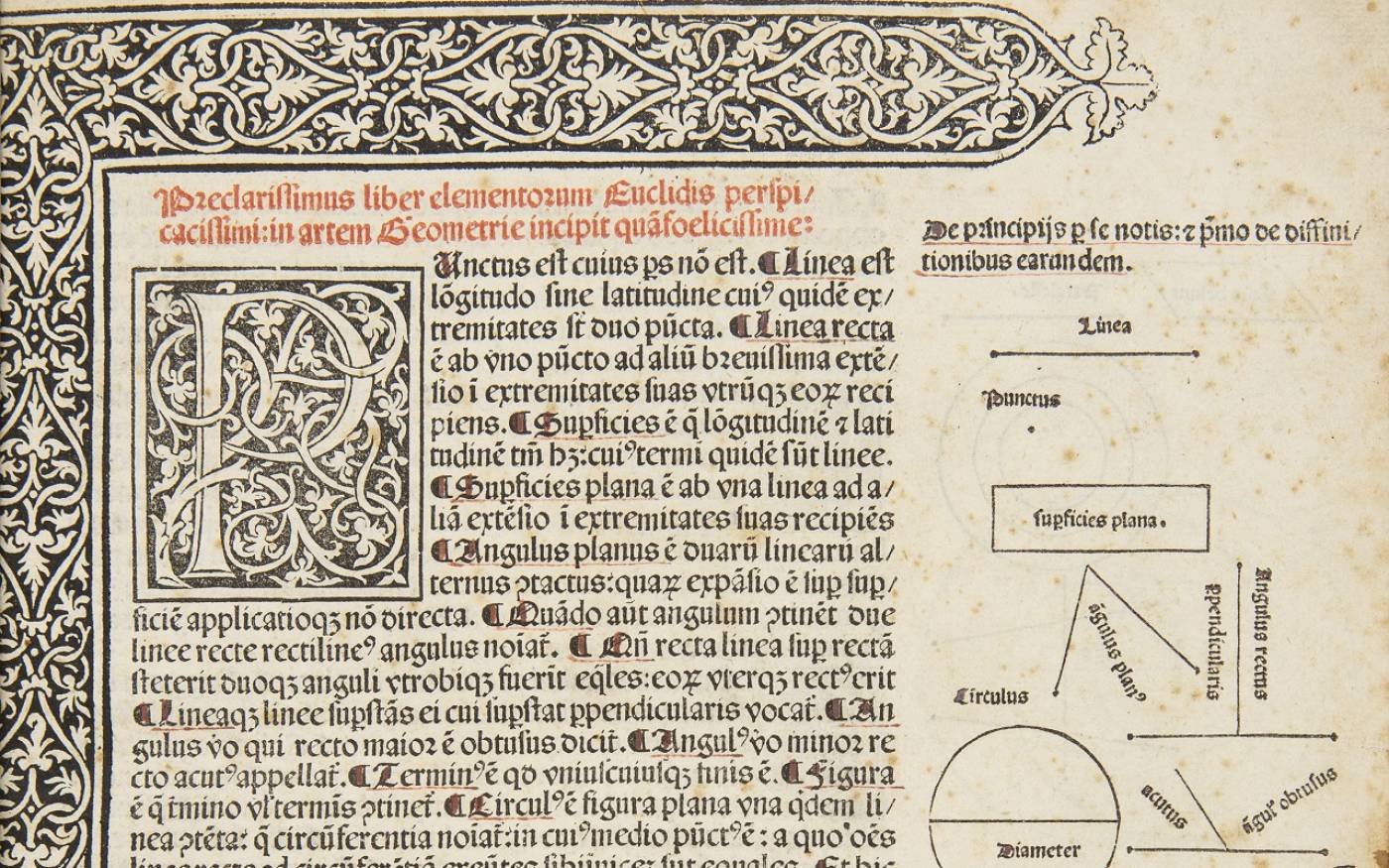
Rare Books
The Ratdolt edition of Euclid's 'Elements', 1482.
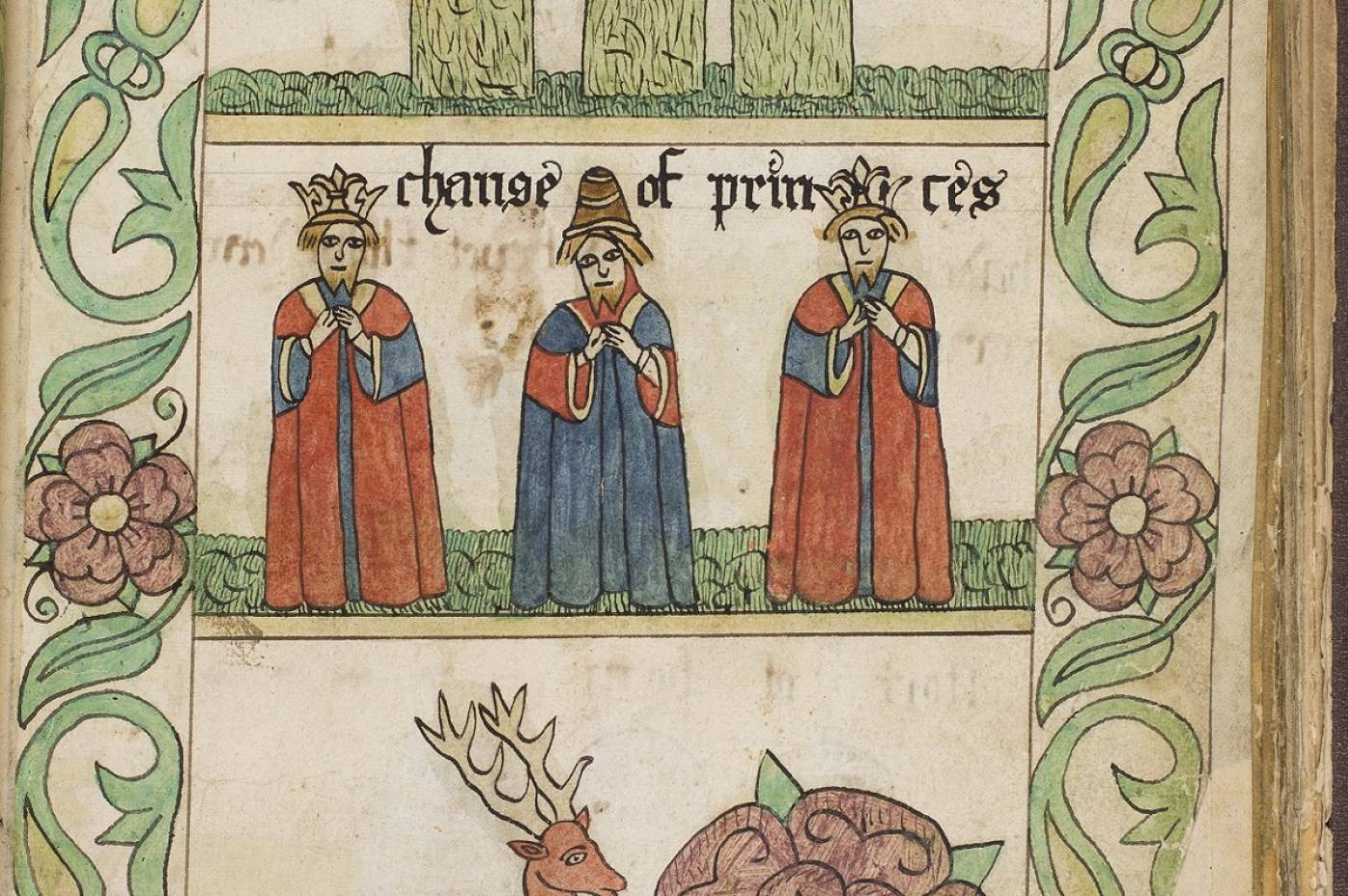
Treasures from UCL
View 'Treasures from UCL', available for free online.
Finding Material
- You can search for rare books and other printed material on Explore.
- Archives and manuscripts are found on the Archives Catalogue.
- Search for digitised and digital content on Digital Collections.
For more information and video tutorials on how to use these resources to find material held by UCL Special Collections, learn about Our Collections.
News from our blog
It’s alive! Or the Cuteness of Paper Memory.
Written by Laurent Cruveillier
UCL Special Collections possesses a collection of medieval and early modern fragments, including 157 manuscripts and nine early prints.
Most were recovered from bindings of other manuscripts or early printed books, where they had been used as spine linings, paste-downs or covering material.
Improving access to our Latin American archives
Posted on behalf of Adersh Gill – a UCL student volunteer with Special Collections
Summer School a Success!
Last week saw UCL Special Collections hold its first Widening Participation Summer School. For four days, a group of twelve 17 year olds from in and around London explored archives, rare books and manuscripts here at UCL, guided by colleagues within Special Collections.
An eminent female academic at the IOE: Clotilde von Wyss (1871-1938)
I have been doing some research on some of the women teacher trainers at the IOE in order to understand their contribution to pedagogical practice in London during the interwar years. One of the teacher trainers I have been most intrigued with is the relatively unknown Clotilde von Wyss.[1] Von Wyss taught at the London Day Training College (which became the Institute of Education, University of London in 1932), from 1903 to 1936. The following presents a mere glimpse into her contributions to pedagogical practice during the early 20th century.
Special Collections welcome first Summer School at UCL
We are excited to announce UCL Special Collections’ newest addition to the outreach and education programme – our first Summer School programme, in August 2018!
We will be offering 14 Year 12 students a chance to learn about all things special collections – from what we keep, why we keep it, how we keep it and how our collections can be significant to an array of audiences.
The Flaxman Manuscripts – a volunteer’s experience
Posted on behalf of Euan Guckian, a UCL student volunteer with Special Collections.
During the final term of this year I have had the opportunity to work with a couple of John Flaxman’s journals and notebooks for the UCL Special Collections team. Flaxman (who most reading this will recognise from his works in UCL’s main library) was a famous sculptor, and leading figure of the neoclassical movement, in the late 18th and early 19th centuries.
Transparency can be tricky. Conserving UCL’s iconic buildings plans and drawings.
Written by Laurent Cruveillier on June 29, 2018
The College Plans, belonging to the Records Office Collections within UCL Special Collections, Archives and Records Department, are housed in part at the National Archives and in part at UCL. They are architectural plans and drawings of several landmarks of the UCL campus, such as the Cruciform, the Rockefeller Building of the “New” Chemistry building.
Dangers and Delusions: Promoting women’s voices through an exhibition
Written by Jessica Womack and Helen Biggs. A version of this blog post was first presented at the Education, College Women and Suffrage: International Perspectives conference at Royal Holloway on Wednesday, June 13 2018, as part of the panel, Journey in Gender Equality: University College London, Women and Suffrage, 1878-2018
UCL Special Collections Presents…
We’re excited to announce UCL Special Collections Presents… – a day of talks and displays in UCL’s South Junction Reading Room on Tuesday, June 5th.
Join our team of friendly archivists and librarians at the South Junction Reading Room to hear about some of their favourite Special Collections items in an informal setting. Come face to face with exquisite treasures, learn about the work of our conservators, and discover which curious tomes our volunteers have been studying.
Dante display and other events
Last week saw the launch of a new UCL Special Collections display outside the Donaldson Reading Room entrance on the 1st floor of the Main Library. Dante’s Divine Comedy: Modern Visual Representations features a selection of printed materials inspired by the great medieval Italian poet’s literary masterpiece. Produced over 700 years ago, the Divine Comedy is still celebrated today for its incredible imagery of the afterlife.
 Close
Close

